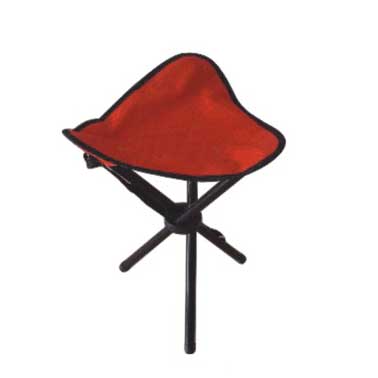
Sometimes the best ideas are so simple that you both marvel at their eloquence and wonder why you never thought of them.
In a perspective in the New England Journal of Medicine, Dr. Dan Wolpaw, a General Internist and Educator at Case Western Reserve University presents a simple and eloquent idea that can transform the quality of medical care and medical education. Dr. Wolpaw suggests we add a portable stool to the equipment we carry on patient care rounds.
Morning walk rounds are a long standing part of medical culture. Teams of doctors walk the halls going from room to room to see each of their patients and develop care plans. But Wolpaw notes that less and less time is spent truly talking to patients. Team members talk to each other outside the room. Then the team approaches the patient, often standing around the patient who is lying in bed. We don’t see the patient eye to eye, but literally look down on them. Wolpaw observes that after rounds, the team does take time to sit down, as they approach the computer “eye to eye” to do their charting. As Wolpaw notes:
“There is a bizarre geography that has doctors standing over patients, and then later sitting eye to eye with computer screens–a geography that sets the stage for intimidation, poor communication, and quick exits from human beings, while supporting intimate relationships with an electronic medical record.”
To encourage more eye to eye patient contact, Dr. Wolpaw started carrying a portable camping stool on patient care rounds. (If you google “portable camping stool”, you will find many that you can purchase for less than $20). As the team entered rooms, the stool was passed to the member who was going to talk to the patient.
The stool totally transformed patient care rounds! Wolpaw observes:
“It was remarkable how a low-tech piece of equipment moved our team from the dry efficiency of updates and to-do lists to the fundamental process of caring for the patient.”
Somehow, talking to patients eye to eye changes the tenor of conversations. Team members stopped using jargon and started talking more naturally with patients. Team doctors understood their patients better, and patients felt more cared for. This deeper connection brought a new found joy of doctoring to the team.
What a great idea! How could we not try this? Maybe a portable stools should be as common place on patient rounds as a stethoscope!
by: Ken Covinsky


